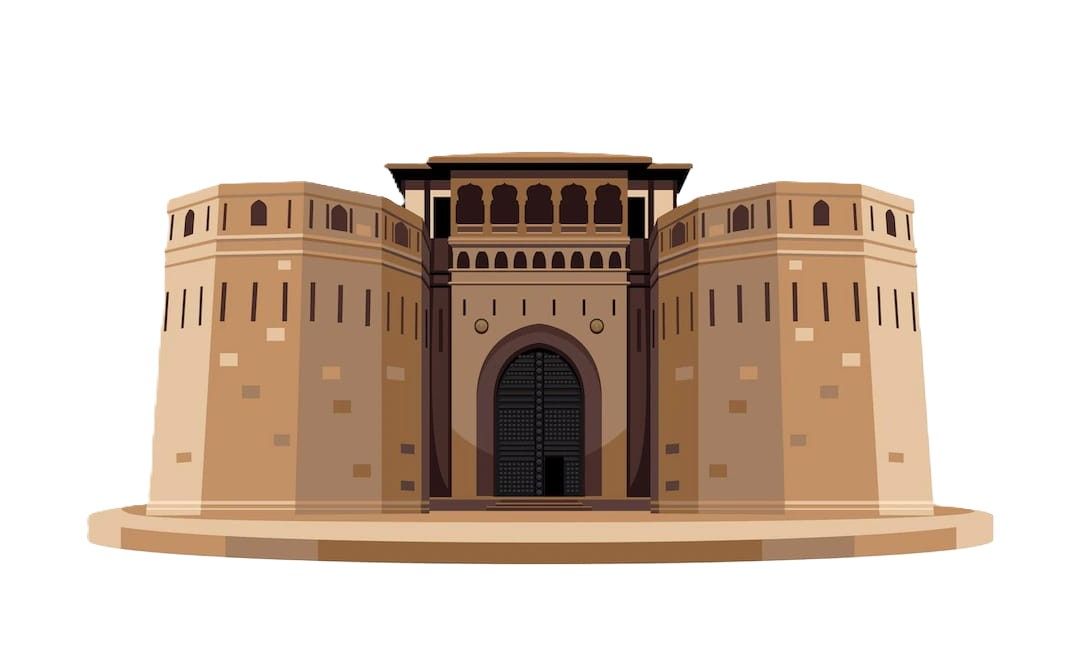Shaniwar Wada, located in the heart of Pune, Maharashtra, stands as one of India’s most iconic and enigmatic historical structures. Built in 1732 by Peshwa Baji Rao I, this majestic fort was originally intended to serve as the residence of the Peshwas, the prime ministers of the Maratha Empire. The name “Shaniwar Wada” comes from “Shaniwar,” meaning Saturday in Marathi — the day the foundation stone was laid — and “Wada,” meaning mansion or residence.
Originally planned as a massive stone structure, the fort’s construction had to be altered due to a decree that only the emperor could build in stone. As a result, most of Shaniwar Wada was constructed using bricks and teak wood. Despite this, it stood as a magnificent example of Maratha architecture and power. The fort boasted beautiful wooden halls, intricately carved teak pillars, grand archways, and lush gardens. The main gate, known as Delhi Darwaza, was so enormous that it could accommodate the passage of elephants.
Shaniwar Wada witnessed both glory and tragedy. It was not only the political center of the Maratha Empire but also the scene of a grim betrayal. The most tragic story associated with the fort is the murder of the young Peshwa, Narayanrao. Allegedly orchestrated by his own uncle Raghunathrao and aunt Anandibai in a bid for power, Narayanrao was brutally killed within the fort’s walls. Legend has it that his ghost still cries out for help on full moon nights, famously calling, “Kaka, mala vachva!” meaning “Uncle, save me!” This tale has contributed to Shaniwar Wada’s reputation as one of the most haunted places in India.
In 1828, a devastating fire broke out within the fort, lasting for seven days and reducing most of the wooden structure to ashes. The exact cause of the fire remains unknown, and to this day, only the stone walls, strong gateways, and a few foundations remain standing. Yet, even in ruins, Shaniwar Wada exudes a haunting charm that captivates visitors.
Today, Shaniwar Wada is a prominent tourist destination. People come not only to admire its historical significance and Maratha-era architecture but also to experience the eerie atmosphere that surrounds it. A sound and light show held in the evenings retells the fort’s dramatic history, bringing to life the era of the Peshwas in both Marathi and English. Despite the legends and its haunted reputation, the fort continues to draw thousands of visitors who are intrigued by its storied past.
In essence, Shaniwar Wada is more than a ruined fort; it is a symbol of the grandeur and turbulence of Maratha history. It stands as a testament to an era filled with ambition, loyalty, betrayal, and mystery — a place where history and legend continue to coexist.
